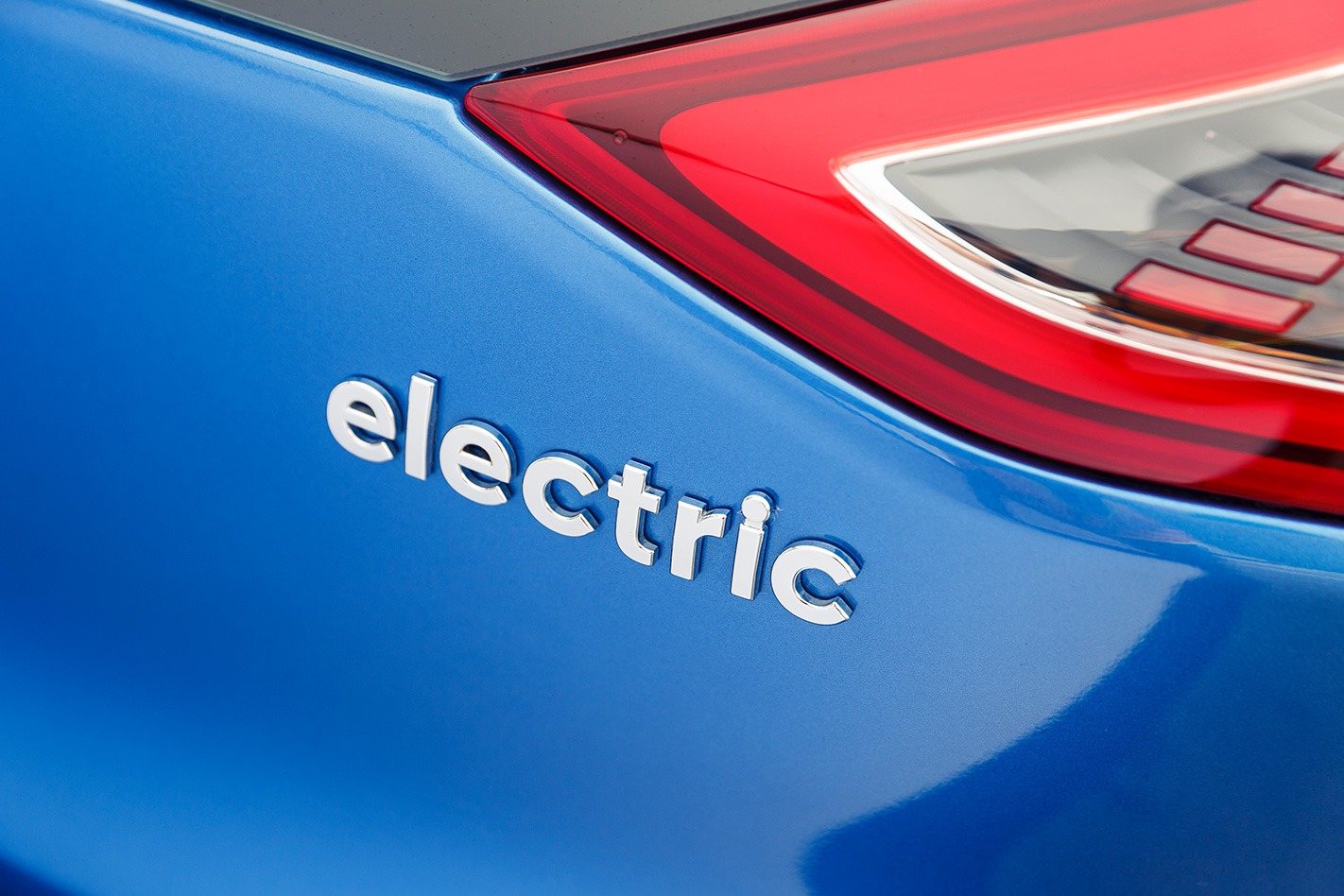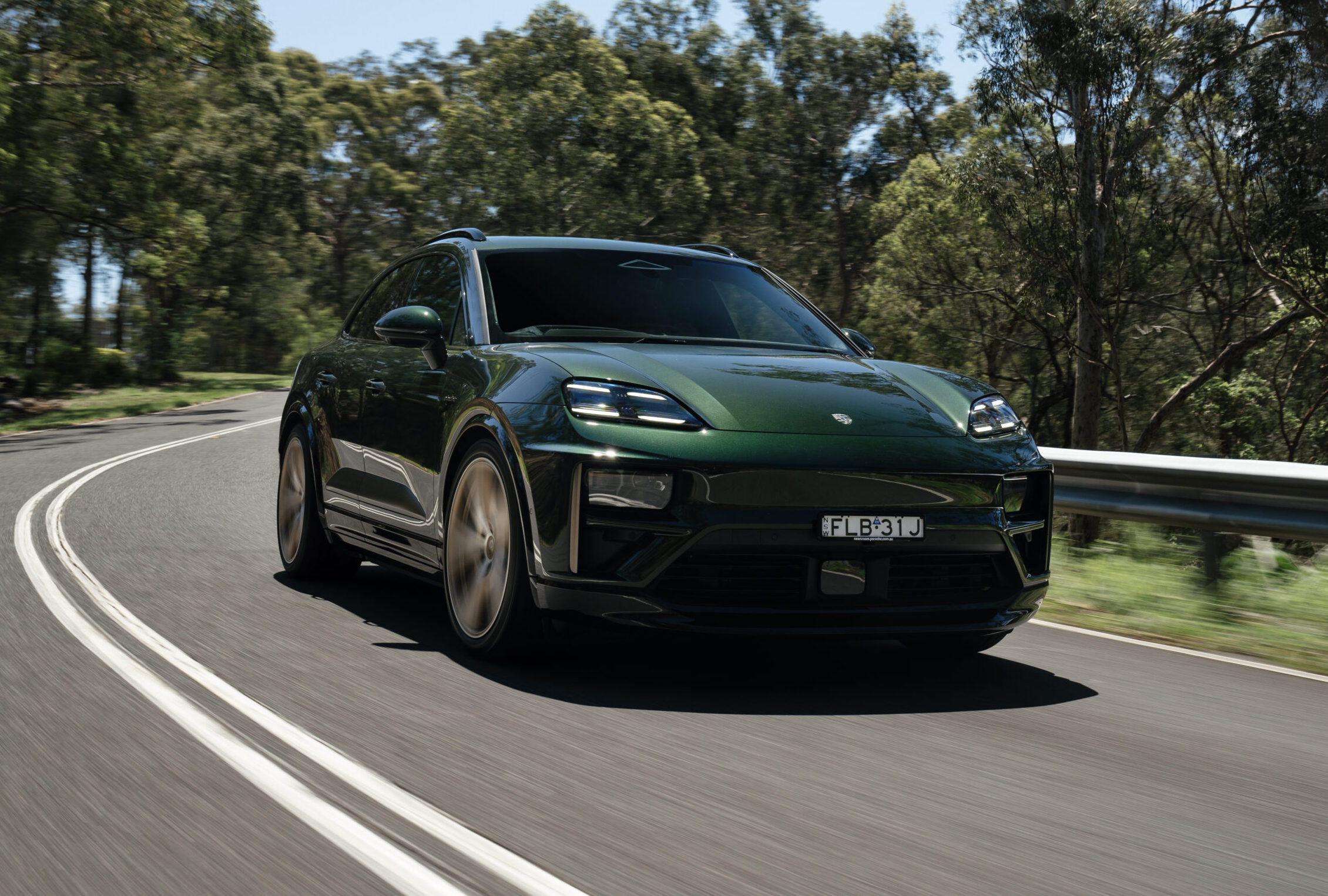EVERY time the man from Hyundai mentioned the words ‘Ioniq BEV’ I couldn’t stop thinking of a movie pitch featuring a crime-fighting superhero lunch-lady. The reality isn’t quite as exciting, and thankfully the Koreans are now calling it the Ioniq Electric but it nevertheless carries a pretty snappy tagline. ‘Australia’s cheapest EV’ ought to guarantee a decent return at the box office for the Koreans.
2019 Electric Vehicle Megatest: Introduction
The Ioniq Electric is but one part of a three-pronged hedge from Hyundai, offering a base Ioniq hybrid, a plug-in version and this, the range-topping EV version. While the duller plug-in could well be the more pragmatic pick for most Aussies, the comparatively extrovert Electric is the car that’s going to mop up the column inches and with good reason.
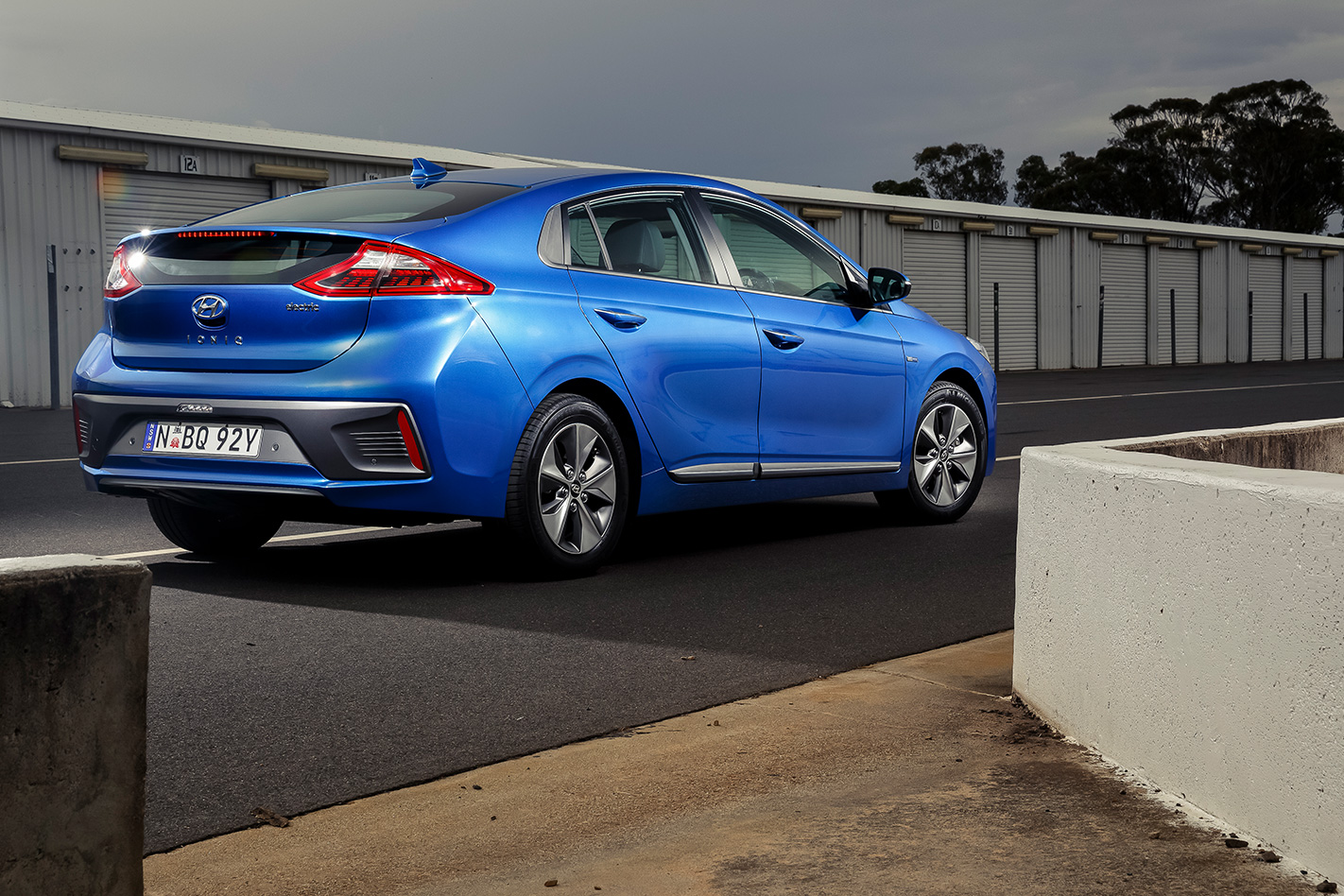
Pitching in at $44,990 for the Elite and $48,990 for the Platinum flagship, it features a 28kWh lithium-ion battery for a real-world range of 230 kilometres. The 88kW permanent-magnet synchronous motor delivers a peak of 295Nm in Sport mode which eases back slightly to 265Nm in Normal or Eco.
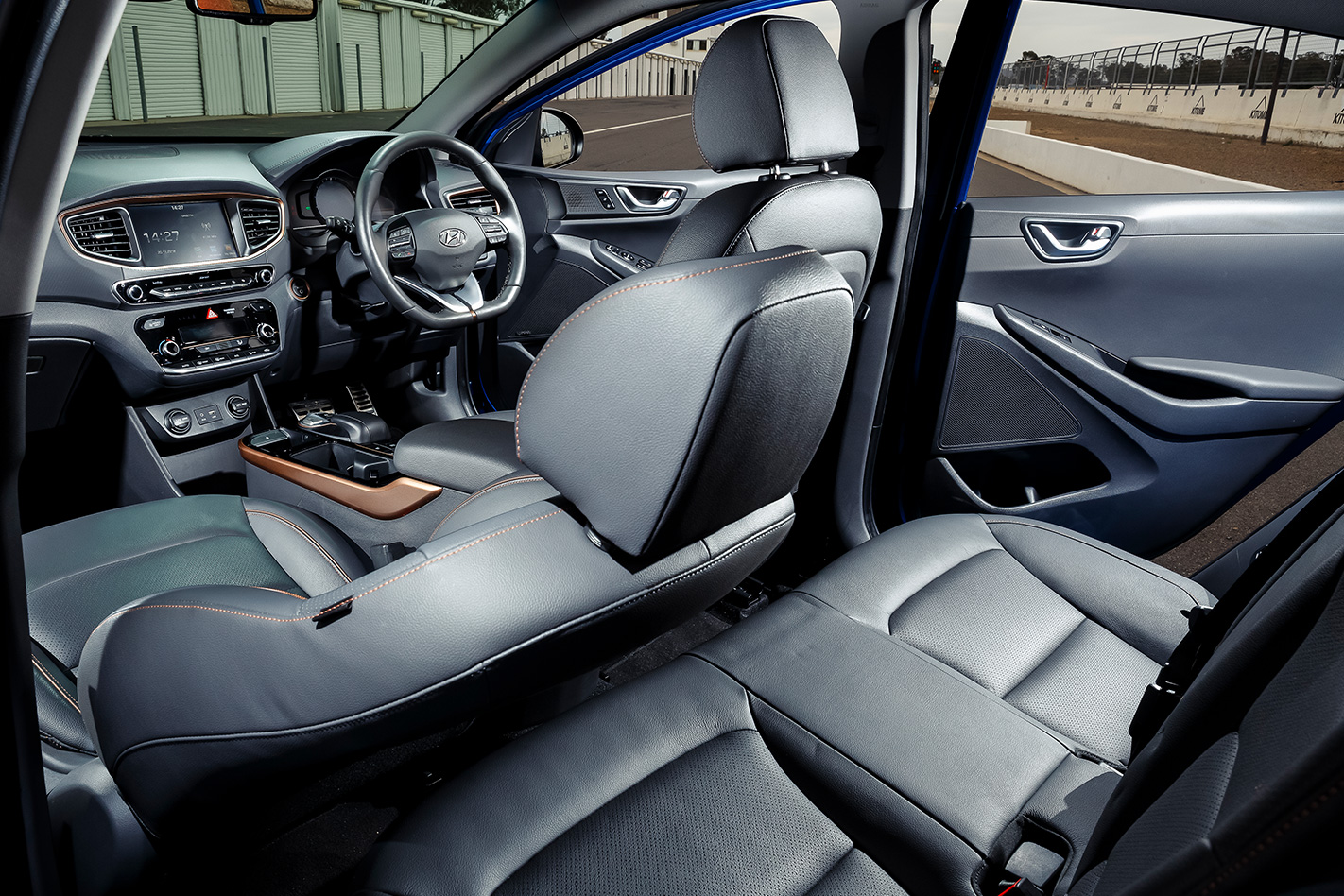
It’s not the quietest EV we’ve ever driven, and at a modest 90km/h cruise, your passengers probably wouldn’t even guess it was electrically powered, such is the drum from the 16-inch Michelin Energy Saver tyres and muted bump-thump from the torsion beam rear end, while wind roar is higher than you’d expect from a vehicle with a drag coefficient of just 0.24. Flicking the paddles shuttles through four levels of re-gen, and only on the more aggressive modes does some whine enter the cabin. Plant the throttle and the instant torque can easily overwhelm those eco-oriented front tyres. Keen drivers will also yearn for a little more steering feedback.
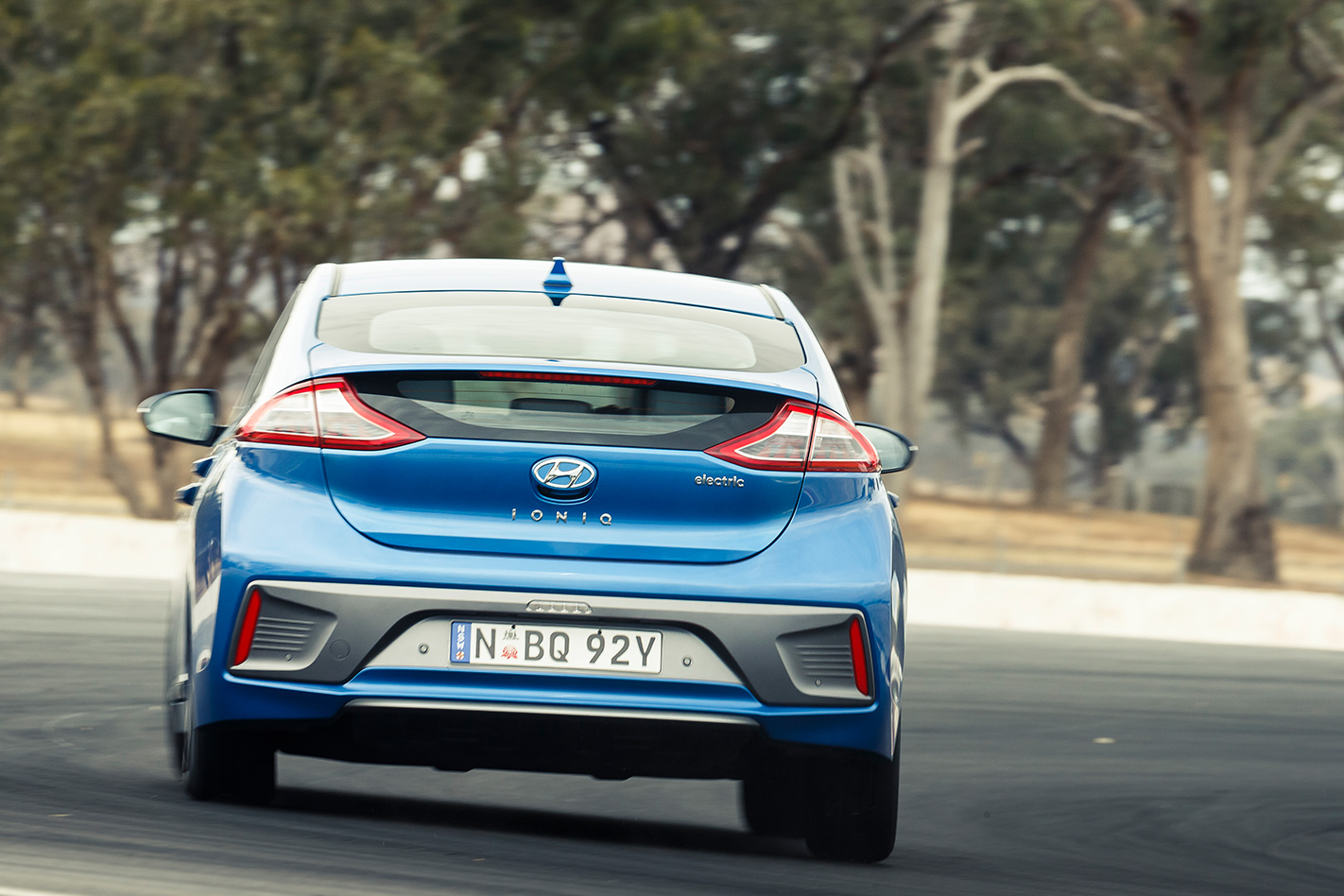
It’s really not that sort of car, though. It’s a car for the undemanding buyer who wants an EV that’s as close to fuss-free as this price bracket allows. It’s an unthreatening entry point to full EV ownership, with $160 annual servicing and charging to 80 percent in 23 minutes on a 100kW DC fast-charging station. This blows out to 12 hours on a household outlet using the standard In-Cable Control Box (ICCB) but most customers will fork out another $1995 for the 7kW AC home wallbox that brings a full charge down to a more manageable four hours and 25 minutes. The interior features bronze highlights that lift the otherwise Tucson-looking dash, while the centre console is model-specific and swaps out the hybrid and plug-in’s utilitarian shifter in favour of a neat cluster of buttons.
If, after some contemplation, you come to the conclusion that it’s all fairly unexceptional, you may have arrived at the Ioniq Electric’s greatest achievement. It makes what was once exotic technology seem wholly accessible. Not all heroes wear capes.
